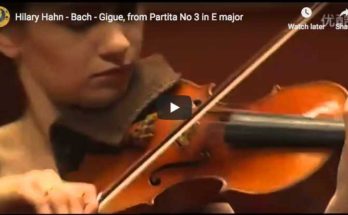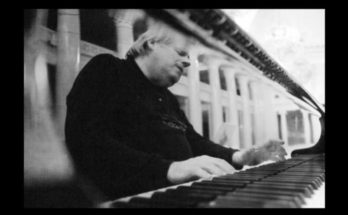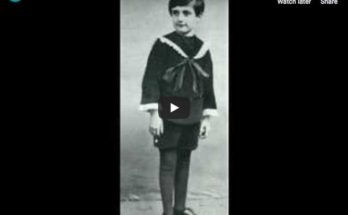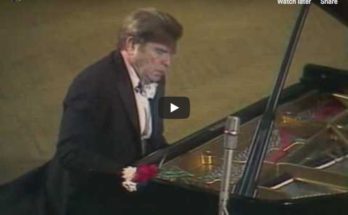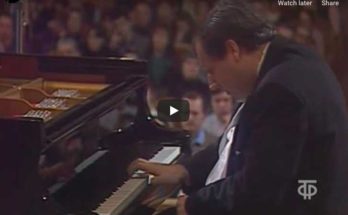This prelude in D major is a transcription from the prelude from the Suite No 1 in G major, mainly consisting of arpeggiated chords, probably the best known movement from the entire set of the six Cello Suites, BWV 1007-1012 by Johann Sebastian Bach.
